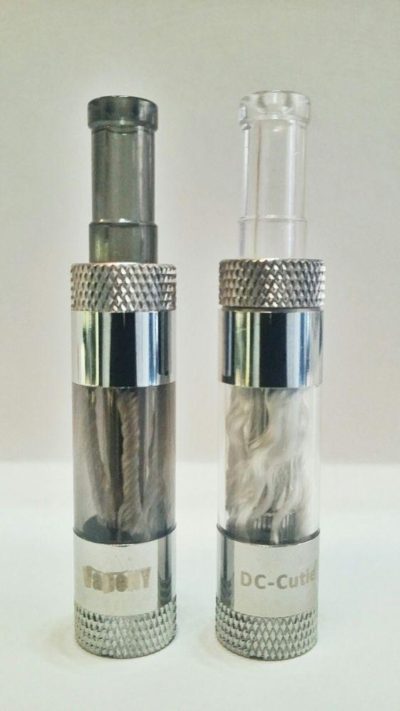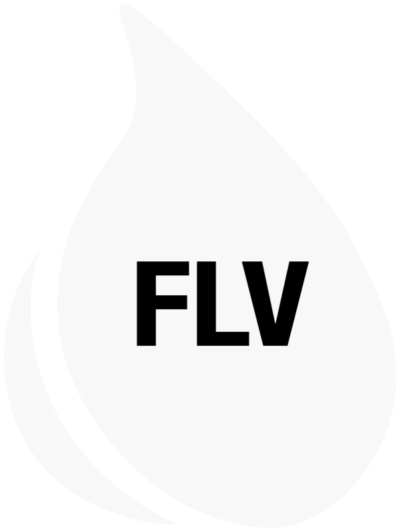
Smoking areas could be cloudy with both puffs of smoke and e-cigarette vapor in New York City one day soon.
The New York City Council held a hearing on Wednesday to discuss a bill that would restrict e-cigarette use to outdoor zones in the same way smoking is regulated.
E-cigarettes, an industry that is on pace to rake in $1.7 billion this year and has moved from niche to mainstream in a matter of years, are replacements for tobacco cigarettes. They do not burn anything or release smoke, but instead give off a vapor that comes from a heated tube of liquid inside each electronic device. Nicotine is a part of that liquid, and the idea is that e-cigarettes can give users a buzz without the added carcinogens.
Some city council members, such as James Gennaro, one of the bill’s main sponsors, want to see the proposed restrictions enacted by the end of the year. The hearing left the floor open for all arguments for and against the proposal.
Those in favor of restricting e-cigarette use attacked the device. New York City Health Commissioner Dr. Thomas Farley said the proliferation of e-cigarettes could cause nightmares for bar owners and restaurant managers who must enforce smoking restrictions already in place. Farley added that cigarettes and their electronic counterparts often look similar, and both release puffs of gray-white gas into the air.
“I don’t think we want to go back to a situation where bars are filled with smoke,” Farley testified.
Most e-cigarette users in the room agreed with Farley’s comment on bars, but in no way believed it would be difficult to differentiate between an e-cigarette and a conventional one. When Farley raised this issue, dozens of e-cigarette users in the seats facing the council held up their devices, many of which were silver and either longer or fatter than a conventional cigarette.
In addition, Spike Babaian, co-owner of e-cigarette retailer Vape NY, pointed out several times that e-cigarettes don’t release smoke.
What comes out of them is a sweet-smelling vapor; the acrid smell of smoke makes it easy to tell the two apart.What comes out of them is a sweet-smelling vapor; the acrid smell of smoke makes it easy to tell the two apart.
But gas is released from both, and here’s where the debate gets tricky: No one knows what’s in the vapor. That’s mostly because e-cigarettes are not yet regulated by the Food and Drug Administration, meaning national standards have not been set regarding its chemical makeup. Everyone agrees the liquid contains nicotine, though, and that “vaping” is safer than smoking because e-cigarettes contain fewer carcinogens. Beyond that, however, is where it gets fuzzy.
Studies backed by e-cigarette supporters have suggested secondhand vapor has no ill side effects, but other research proves the opposite.
Lucy Papova, a postdoctoral fellow at the University of California, San Francisco, said other harmful chemicals besides nicotine could be hiding in the vapor.
“E-cigarettes are not harmless water vapors,” Papova said in her testimony during the hearing. “Studies show that e-cigarette emissions contain harmful chemicals.”
The level of chemicals found in vapor isn’t anywhere close to the destructive levels in secondhand smoke, but many supporters of the bill to limit e-cigarettes pushed for a distinction between “safe” and “safer than cigarettes, but still potentially dangerous.” Vapor falls into the latter category, according to the bill’s supporters.
Many e-cigarette users in the room said they had switched to e-cigarettes because they could “vape” anywhere they like and had seen a marked improvement in their health since the switch. (New York City’s anti-smoking laws prohibit cigarette users from lighting up just about anywhere in public that isn’t a sidewalk or a private residence.) This bill would enforce e-cigarette restrictions along the same lines; it doesn’t ban them. But e-cigarette advocates are worried that any sort of restriction will provide an excuse for smokers to revert back to traditional cigarettes.
“E-cigarettes seem to be a public health miracle, if we can get overregulation out of the way,” said Dr. Gilbert Ross, the executive and medical director of the American Council on Science and Health. “The law is unnecessary, it’s hyper-regulatory, and it really will accomplish nothing more than forcing former smokers to return to toxic cigarettes.”
Like much of the claims made at the hearing, evidence for Ross’ statement is scant. One study published in British medical journal The Lancet showed that,
after six months of e-cigarette use, 7.3% of smokers quit.after six months of e-cigarette use, 7.3% of smokers quit. Nicotine patches have a quit-rate of 5.8%, which is not much lower. The low quit rate for e-cigarette users shakes the notion that droves of smokers are converting to vapers.
Still others argue the device makes it easier for smokers to avoid quitting. They argue that vapers can inhale whenever they like, which keeps their nicotine levels up throughout the day — at work and when they’re not allowed to smoke. Then, they retire to their homes and pick up a pack of cigarettes.
“For every person in here [who has quit smoking for e-cigarettes], you have one or more person out there who e-cigarettes prevented from quitting,” Popova said.
Some supporters of the bill, such as Kevin O’Flaherty, a director of advocacy for the Campaign for Tobacco Free Kids, said e-cigarettes not only keep smokers from quitting, but also encourage kids to start taking drags.
Flaherty told Mashable e-cigarettes are marketed in flavors such as cotton candy and bubblegum — clear indications that they want to hook kids in the same manner that tobacco companies used to seek out children. And why, he asked, would New York City want to foster a new generation of kids hooked on nicotine?
Statistics work in Flaherty’s favor. The New York Times reported that e-cigarette use among kids in grades six to 12 doubled from 2011 to 2012, from 3.3 to 6.8%. Among high school kids, the rate also doubled from 2011 to 2012, but this time to 10%.
The council’s decision will come after other cities have already taken action. Boston and Carlsbad City, Calif., are just two cities that have already restricted vaping only to areas where smoking is permitted, and cities such as Los Angeles are close on their heels.
The vote on whether to enact the e-cigarette restrictions is set to take place before the end of the year.




